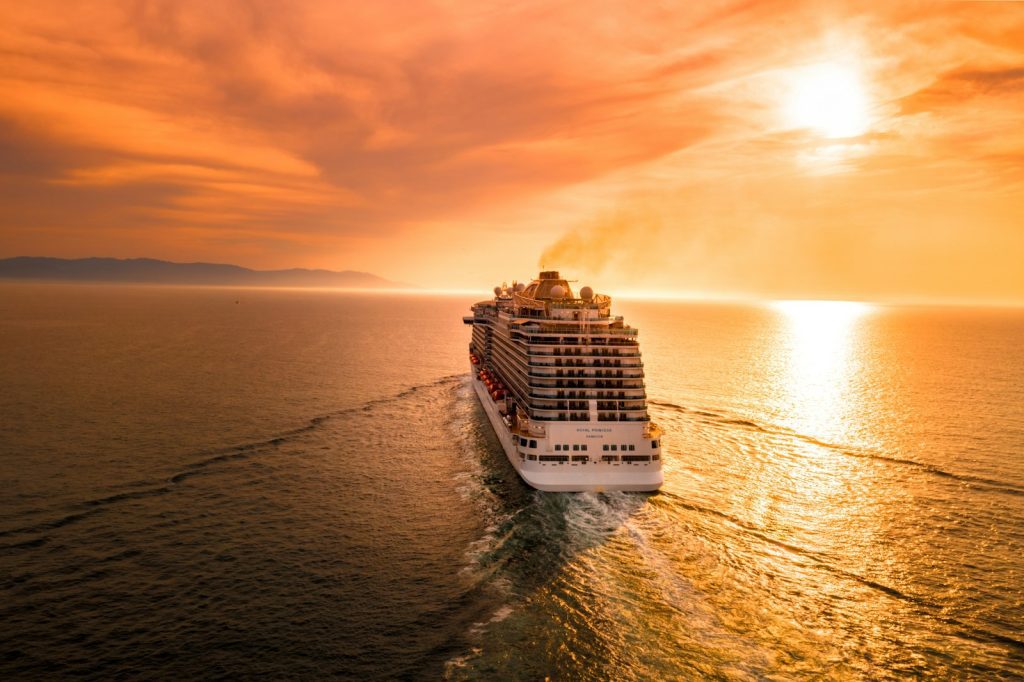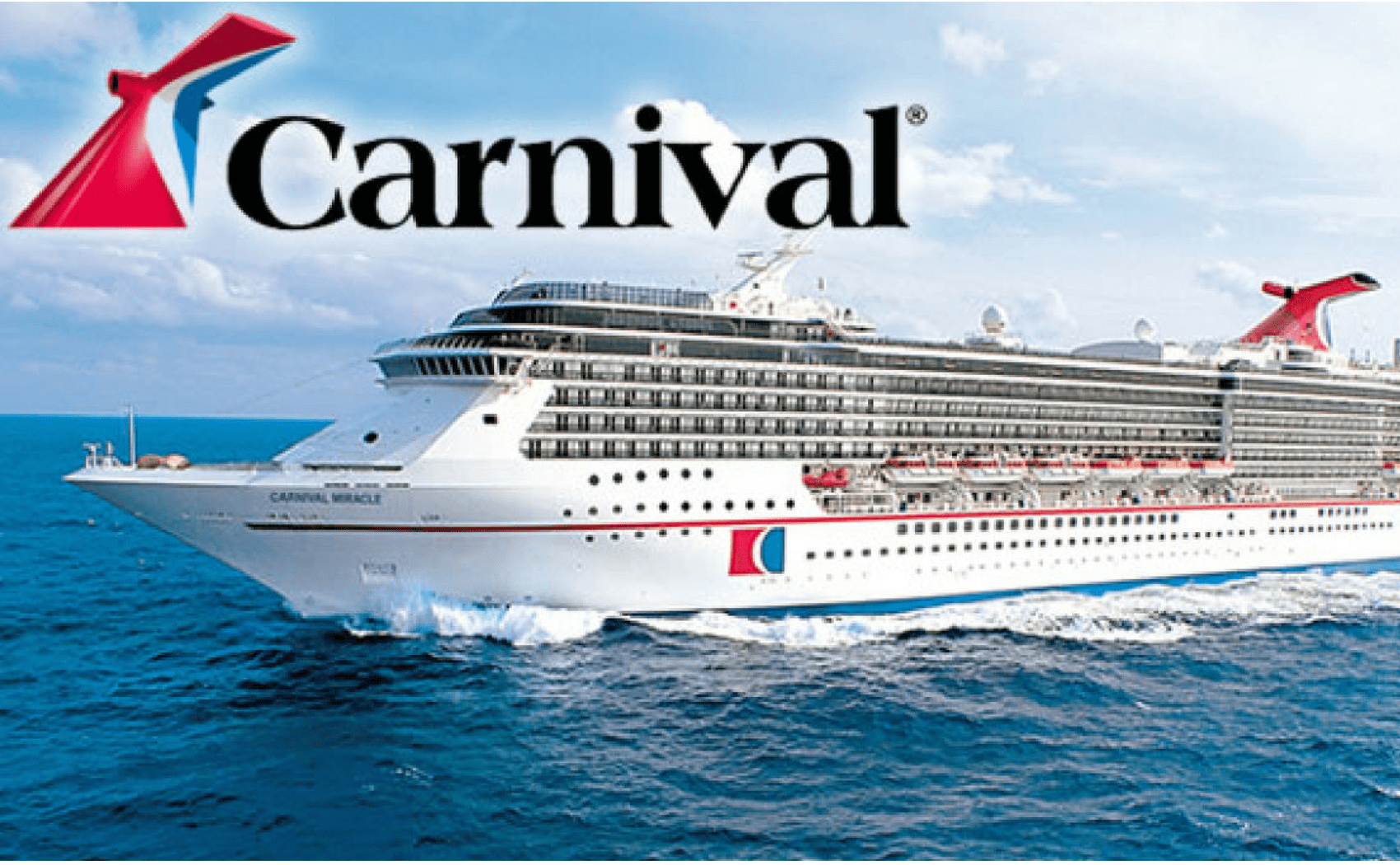Introduction
Carnival Corporation & PLC (NYSE: CCL, or LSE: CCL in the UK) is a global cruise operator and the largest player in the leisure cruise industry. As of 2024, they operate with a 45% marketshare, outcompeting their rivals by a fairly large margin (Royal Caribbean, Norwegian Cruises being their two biggest competitors). Check out this carnival cruise stock analysis for an in depth look at the stock.
As of the time of writing, the cruise industry is still in the midst of a major rebound following pandemic-related disruptions, in the meantime, investors are closely monitoring the financial health and growth prospects of Carnival Cruise as it navigates through the challenges that lie ahead.
In the Youtube video provided, I go over some key financial metrics, cash flow trends, debt, and future company projects.
Key Financial Metrics: (as of the latest fiscal year)
- Earnings Per Share (EPS): -$2.36 (TTM)
- Price-to-Earnings Ratio (P/E): Not applicable due to negative earnings for the year due to recovery
- Price-to-Book Ratio (P/B): 1.45
- Return on Equity (ROE): -17.8%
- Beta: 2.00 (high volatility)
- Debt-to-Equity Ratio: 4.0
- Free Cash Flow (FCF): -$1.1 billion (TTM)
- Payout Ratio: No dividends currently
- Insider Activity: 5% increase in insider buying in the past quarter representing significant confidence
- Insider Ownership: 4.5%
- EBITDA: $1.5 billion (positive for the first time post-pandemic)
- Revenue Growth Rate: 67% year-over-year (driven by increasing occupancy)
- Outstanding Shares: 1.3 billion
- Management Performance: Focused on cost containment and rebuilding profitability as debt decreases
- Dividend Per Year: None currently, as dividends remain suspended but plans to reinstate once debt reaches manageable levels.
Analysis of Carnival’s Performance
Carnival’s financial metrics reflect its ongoing recovery so one must consider the current performance based on current macroeconomics.
Despite there being surging revenue due to strong demand for leisure travel, CCL still faces challenges from high debt and inflationary pressures on operating costs. However, to counter this, Carnival has demonstrated improved operational efficiencies, leading to an overall positive EBITDA after several quarters of losses. However, net profitability remains elusive, and the high beta indicates significant market volatility for the current time.
Strengths:
- Strong rebound in relation to high demand for cruises, evidenced by higher occupancy rates and ticket pricing (even in some cases going above 100% occupancy).
- Diversified portfolio of cruise brands catering to various market segments that are continuing to expand.
- Improved liquidity position through asset sales and refinancing efforts.
Weaknesses:
- Elevated debt levels limit financial flexibility.
- Negative free cash flow, although improving, remains a concern.
- Geopolitical risks and fuel price volatility.
Opportunities:
- Expansion into under penetrated markets like Asia which remain a key opportunity.
- Enhancing onboard revenue streams through new offerings.
- Potential for reinstating dividends if profitability stabilises.
Threats:
- Rising interest rates increasing the cost of debt servicing.
- Competition from other leisure travel options.
- Any future pandemic-related disruptions.
Debt Management Strategies
Carnival has implemented several measures to adapt and address its current high debt levels:
- Refinancing at Lower Rates: The company has taken advantage of lower interest rate windows toin order to refinance portions of its debt, extend maturities and reduce immediate cash flow pressures.
- Asset Sales: Carnival has sold older ships and non-core assets in order to bolster its liquidity and reduce debt.
- Operational Efficiencies: Enhanced cost control measures have improved margins, aiding in debt repayment capabilities.
- Gradual Deleveraging: Management has prioritised using any excess cash flow for debt reduction, aiming to lower the debt-to-equity ratio to pre-pandemic levels by 2026.
Free Cash Flow Trends
| Fiscal Year | Free Cash Flow (FCF) | Key Drivers |
|---|---|---|
| 2020 | -$3.0 billion | Pandemic shutdown |
| 2021 | -$2.8 billion | Limited cruise operations |
| 2022 | -$1.8 billion | Gradual recovery in operations |
| 2023 (TTM) | -$1.1 billion | Higher revenue, rising costs |
Carnival cruise negative free cash flow is narrowing as operations ramp up. The trend suggests potential FCF breakeven by 2025, contingent on sustaining revenue growth and managing operational expenses.

Debt-to-Equity Analysis
| Fiscal Year | Debt-to-Equity Ratio | Key Notes |
|---|---|---|
| 2020 | 1.2 | Pre-pandemic levels |
| 2021 | 3.8 | Increased borrowing for liquidity |
| 2022 | 4.3 | High leverage remains |
| 2023 | 4.0 | Gradual deleveraging efforts |
Carnival cruises debt-to-equity ratio highlights its heavy reliance on borrowing during the pandemic. While the company is refinancing at favourable rates and reducing its debt burden incrementally, the high ratio remains a critical risk factor.
Future Turnaround Plays
Carnival’s strategy for long-term improvement includes:
- Operational Excellence: Enhancing cost-efficiency and productivity through digitalisation and fleet modernisation.
- Revenue Diversification: Increasing onboard revenue streams (e.g., premium dining, excursions, and entertainment).
- Geographic Expansion: Targeting under penetrated markets such as Asia and leveraging partnerships to boost bookings.
- Customer Experience: Investing in customer-centric innovations to enhance brand loyalty and premium pricing.
- Sustainability Initiatives: Transitioning to LNG-powered ships and reducing environmental impact to align with consumer preferences and regulatory mandates.
- Management Realignment: Strengthening leadership with a focus on financial discipline and shareholder value.
Projected Financial Performance (2024-2025)
| Metric | 2024 Projection | 2025 Projection |
|---|---|---|
| Revenue Growth | 15% | 10% |
| EBITDA | $2.5 billion | $3.2 billion |
| Free Cash Flow | -$300 million | $500 million |
| Debt-to-Equity Ratio | 3.8 | 3.5 |
| Dividend Per Share (DPS) | None | $0.25 (potential) |
Carnival cruise is expected to achieve FCF positivity by late 2025, supported by higher revenues and stringent cost controls. Management aims to reduce leverage, paving the way for potential dividend reinstatement in the medium term.
Insider Ownership and Confidence
With 4.5% insider ownership, Carnival’s management and key stakeholders have a vested interest in the company’s turnaround. Recent insider purchases highlight confidence in the recovery strategy, signaling alignment between leadership and shareholder interests.
Bonus – Shareholder Perks
As a bonus, shareholders of Carnival stock are also entitled to a range of benefits known as “shareholder perks” these are subject to change but have been known to offer you gift coupons on board. Check out my article here for details on CCL and 9 others.
| NORTH AMERICA BRANDS Carnival Cruise Line*, Princess Cruises*, Holland America Line, Seabourn, Cunard* | CONTINENTAL EUROPE BRANDS Costa Cruises, AIDA Cruises | UNITED KINGDOM BRANDS P&O Cruises (UK), Cunard*, Princess Cruises (UK)* | AUSTRALIA BRANDS P&O Cruises (Australia), Princess Cruises*, Carnival Cruise Line* | |
| Onboard credit per stateroom on sailings of 14 days or longer | US $250 | €200 | £150 | A$250 |
| Onboard credit per stateroom on sailings of 7 to 13 days | US $100 | € 75 | £ 60 | A$100 |
| Onboard credit per stateroom on sailings of 6 days or less | US $ 50 | € 40 | £ 30 | A$50 |
Conclusion
Carnival Cruise Corporation is facing a challenging but improving landscape in the cruise industry. As it currently stands, CCL is in a good position to manage major headwinds with their recovery driven by strong consumer demand, operational efficiencies, and a very proactive approach to debt management.
However, the risks related to high leverage and macroeconomic uncertainties remain. For investors, after looking at Carnival Cruise stock analysis, the cruise company offers a high-risk, high-reward proposition with significant upside potential if management’s strategies succeed (as I covered in my youtube video, expecting around 50 to 75% upside).
If you would like to do your own analysis for Carnival, you are welcome to use the free tools like the Cash Flow Forecast, Discounted Cash Flow etc.
Disclaimer: This article is for informational/educational purposes only and does not constitute financial advice. Regarding investments, this is not advice and investors should do their own research and consult a financial advisor before making any important investment decisions.













